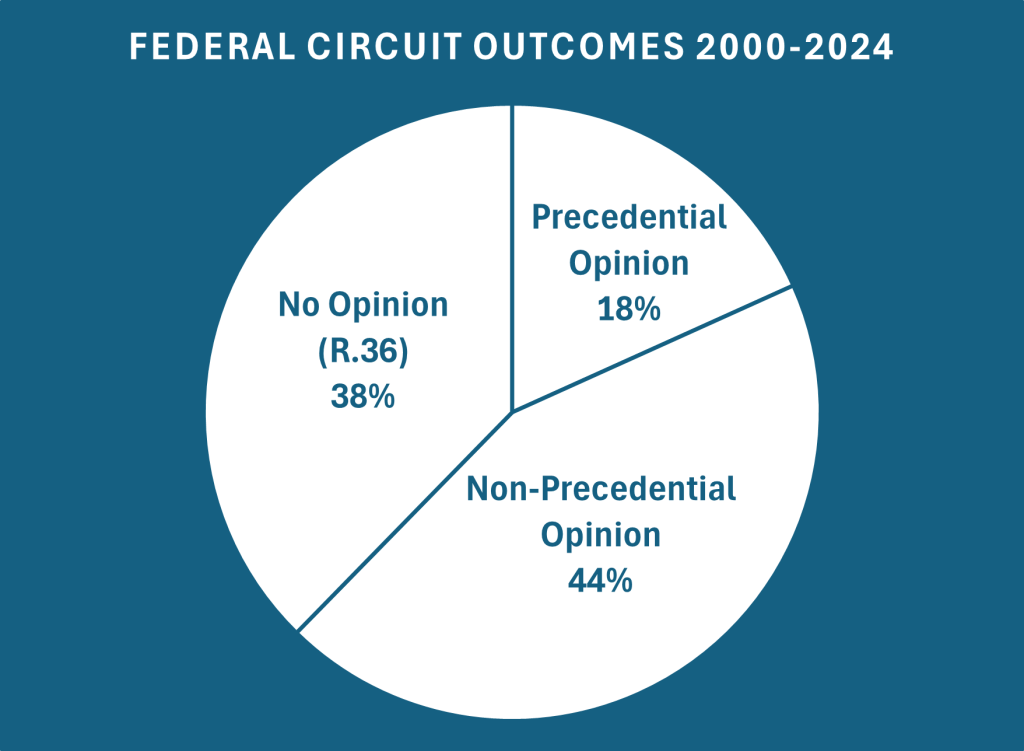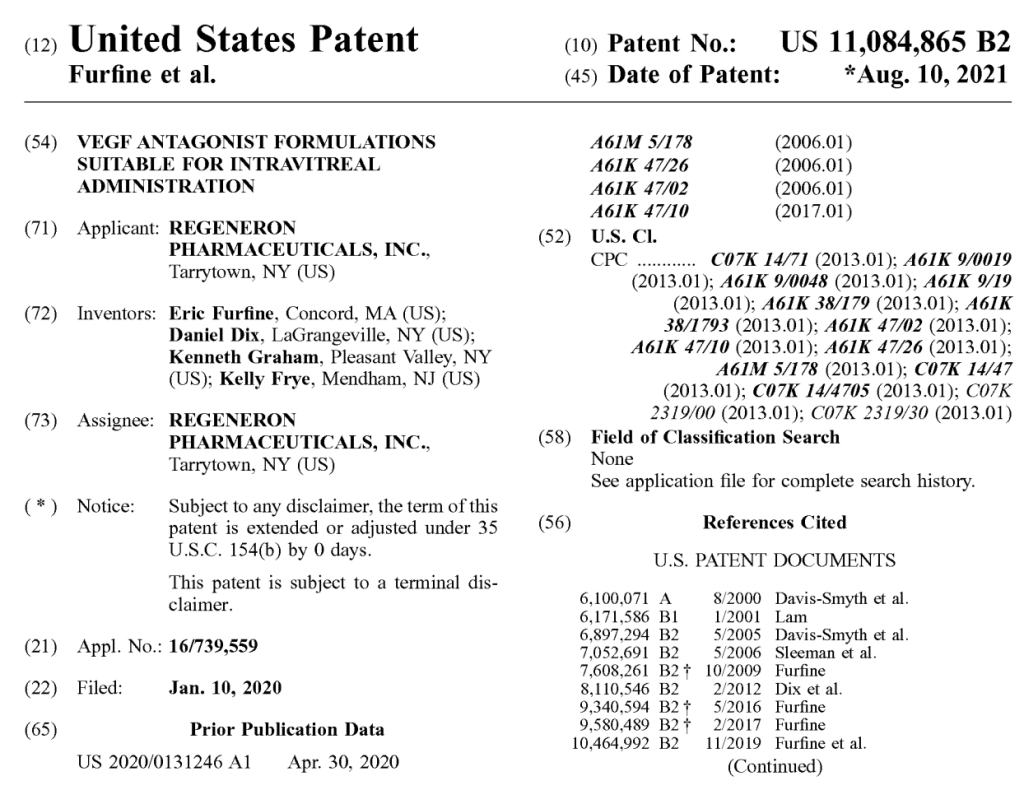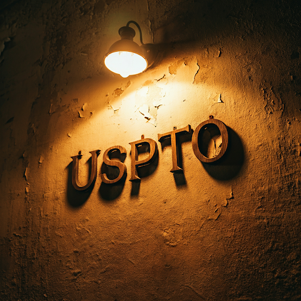by Dennis Crouch
One of the most perplexing aspects of patent eligibility doctrine involves the role of preemption - the concern that patents might lock up basic tools of scientific and technological work in ways that limit individual liberty and or that may unduly block fundamental progress. The Supreme Court has repeatedly emphasized that these preemption concerns "undergird" and "drive" the judicially created exceptions to patent eligibility under 35 U.S.C. § 101. Yet in practice, the Federal Circuit has consistently regarded evidence of preemption (or the lack thereof) as basically irrelevant when determining whether or not a particular claimed invention is patent-eligible. Even the complete absence of preemption "does not demonstrate patent eligibility." Roche Molecular Systems, Inc. v. Cepheid, 905 F.3d 1363 (Fed. Cir. 2018). There is a clear disconnect here between the doctrine's theoretical framework as designed by the Supreme Court and the Federal Circuit's practical application.
This disconnect between theory and practice creates two significant concerns. Most directly, the Federal Circuit's dismissal of preemption appears to be a failure to faithfully apply the Supreme Court's precedent. At the same time though, the disconnect also raises a more fundamental question: if preemption analysis can be so readily discarded in practice, perhaps the Court's theoretical focus on preemption fails to capture the true policy concerns driving patent eligibility doctrine.
The recently filed petition in Impact Engine, Inc. v. Google LLC asks the Supreme Court to resolve this tension -- particularly suggesting that the court restore preemption analysis to its central role in patent eligibility determinations. The case also raises what I see as a particularly compelling argument involving means-plus-function claims, where Congress has already struck a balance between functional claiming and specific structural limitations through 35 U.S.C. § 112(f). ImpactEnginePetitionforCertiorari.
Means-Plus-Function Claims in Patent Eligibility and Infringement Analyses
To continue reading, become a Patently-O member. Already a member? Simply log in to access the full post.







